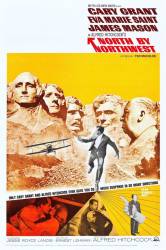
Question: Several times in the movie one character is able to ascertain in which hotel room another character is staying simply by asking the front desk for the room number. Was this realistic at the time the movie was made? Today, a hotel would never divulge a guest's room number to a stranger, since such information could potentially be used by burglars and/or predators to gain access to hotel rooms. Was security really that lax in the 1950s?
Answer: Yes, security was that lax in the 1950s and beyond. People could acquire all kinds of information about individuals from various types of businesses. Not all were so careless, but many were or they naively didn't see a concern. In the late 1980s, I was a student at a university where a non-university person obtained his ex-girlfriend's class schedule simply by requesting it in-person from the registrar's office. Using that information, he was able to locate and fatally shoot her on campus.
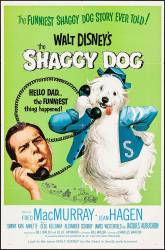
Question: Why does Chiffon keep disappearing every time Wilbur turns into a dog?
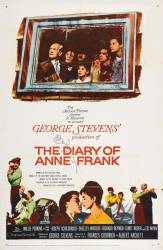
Question: Why does the play start with The Van Daans already at the Annex when it's clear that they arrive a week later in the diary?
Answer: Movies do not always exactly follow the books they are adapted from. Oftentimes scenes and/or characters are changed, deleted, or streamlined, often because there is a limited amount of time in a movie to tell the story. In this case, it just simplified the plot by having the Van Daans already at the Annex, eliminating the need for two separate arrivals and instead focusing on the Frank family's reactions to their situation.
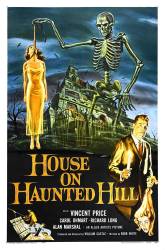
Question: In the scene where Mrs Loren appears at the window of Nora's room. Since Mrs Loren and the doctor are faking Mrs. Loren's death and apparition, how did they manage to make the rope go round her feet? Also how did Mrs Loren glide in and out?
Chosen answer: As far as the "gliding in and out", Mrs Loren presumably uses the same body harness she used to fake her hanging. As to the rope... the film is deliberately ambiguous on whether or not the ghosts are real, as evinced by the drunk's last line in the movie; the rope trick is probably supposed to reflect this ambiguity despite being Mrs Loren's trickery.
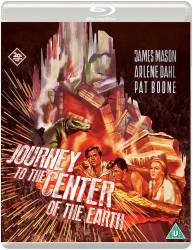
Question: When the gang explore the ruins of the city, you can hear a low pitch humming noise. What was making that noise?

Question: Why isn't one dead pigeon, dog, or other wildlife shown in the streets of New York? And at the end, the three survivors walk away and a flock of birds flies off. Where did the birds come from? It's doubtful they were underground or in a shelter.
Answer: If some humans survived, then animals could as well. Birds, being able to fly, could have escaped the radioactive cloud before it became inert. For the rest, IMHO, this is a 1950s, low-budget movie. Cheap production values, little attention to detail, and no CGI made for a "no frills" set design that lacked realistic things like dead animals or human corpses. There were also stricter rules and standards about what could and could not be shown in movies. Showing rotting corpses may have been considered unsuitable or distracting. It could also be argued that the filmmakers wanted to create a visual image that humanity is restarting from a "blank slate."

Question: I'm sure I have seen this film in colour. Does anyone know if it has ever been shown in colour?
Chosen answer: I've seen it colorized several times on TNT and FMC.

Answer: Not really. You could (and at some hotels are still able to) keep your room number private or you could not - i.e. you could ask the hotel staff to keep your number secret from strangers, or you could ask them to tell anyone who might ask. Not having seen this movie, I don't know how likely it would be in the situations you speak of that the hotel guest would choose the latter option- it might be a mistake.
Blibbetyblip